The State of SanDisk
by Kristian Vättö on December 5, 2014 8:00 AM EST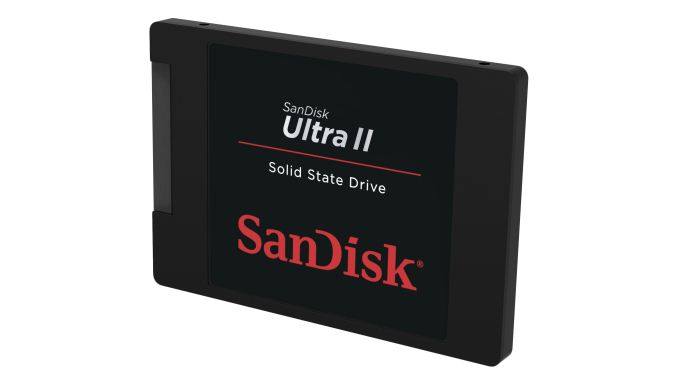
Back at Flash Memory Summit I had the opportunity to meet with all the key people at SanDisk. There is a lot going on at SanDisk at the moment with the Fusion-io acquisition, TLC NAND, and other things, so I figured I would write a piece that outlines SanDisk's current situation and what they're planning for the future.
I'll start with the client side. For SanDisk the big topic at this year's Flash Memory Summit was TLC NAND and we were given a sneak peek of the SanDisk Ultra II back at the show, which was then released a few weeks later. Since we have already reviewed the Ultra II, I'm not going to talk about the drive itself and its technical merits, but there are a few things that Kevin Conley, senior vice president and general manager for SanDisk's client business brought up about TLC and the client market in general.
I'm sure most of our long-time readers remember how SSD prices plummeted between 2010 and 2012. The reason for that wasn't a breakthrough in NAND technology, but merely the fact that all manufacturers increased their manufacturing capacity with the expectation of exponential NAND demand growth. As you can see in the graph above, the industry bit growth was over 60% year-over-year between 2010 and 2012, which lead to oversupply in the market and deflated the prices.
The reason why all NAND manufacturers invested so heavily on capacity increases was the popularity of smartphones and tablets; it was expected that the average storage capacity would increase over time. Basically, the NAND manufacturers assumed that decreases in NAND prices due to smaller lithographies would translate to higher capacity smartphones and tablets, but in fact the mobile companies chose to save on onboard storage and invest in other components instead (camera, SoC, etc.).
It's only been recently that smartphone and tablet manufacturers have started to increase the internal NAND and offer higher capacity models (e.g. the 128GB iPhone 6/6+), but even today the majority of devices are shipping with 16GB, which is the same capacity that the low-end iPhone 3GS had when it was introduced in 2009. Of course a large reason for the reduced sales of higher capacity smartphones/tablets has a lot to do with pricing, where 32GB devices often cost $100 more than the 16GB model.
Since the NAND manufacturers are now adding fab space at a slower pace, they are looking for alternate ways to increase bit growth and scale costs down – and that's where TLC kicks in. Because TLC packs in 50% more bits than MLC (three bits per cell instead of two), increasing the share of TLC production is an efficient way to boost bit growth without additional fab investments.
Currently about 45-50% of SanDisk's NAND production is TLC and by next year TLC will be overtaking MLC in terms of production volume. Note that SanDisk will have 3D NAND ready in 2016, so the graph doesn't imply that SanDisk will move to TLC-only production in 2017 – it is just the 2D NAND production moving to TLC since it will mostly be used in applications like USB flash drives and other low cost devices, while 3D NAND will be used in SSDs.
TLC will also be one of the driving forces behind average capacity increase. The main obstacle in SSD adoption is obviously the cost per gigabyte, and the lower production costs of TLC will help to bring the prices down. I think it's too early to say what kind of impact TLC will have on prices because currently there are only two drives available (SanDisk's Ultra II and Samsung's 840 EVO), but once more OEMs are ready with their TLC SSDs later this year and early next year, I believe we will see more aggressive pricing.
One of SanDisk's presentations at the show had a very interesting slide about the company's internal SSD deployment program. The question that is often debated when it comes to SSD endurance is the number of gigabytes that a user writes per day. There aren't really any studies with large sample sizes, but SanDisk's own study provides an interesting insight into typical office workloads.
What the data shows is that a typical office user only writes about 7GB per day on average and the number of people that write over 20GB is only a few percent, so very few users actually need more endurance than what TLC SSDs can offer (~20GB/day). Of course, everyone's usage is different and I doubt SanDisk's data takes e.g. media professionals properly into account, but it is still interesting and valuable data nonetheless.
Another thing I discussed with SanDisk was the obstacles for higher SSD adoption rate. While there is growth, the attach rate in the consumer space is still fairly modest and will remain as such for the next few years at least. Price is obviously one of the most important factors as hard drives are still an order of magnitude cheaper when measured in price per gigabyte, but I'm not sure if absolute price and capacity are the only hurdles anymore. I mean, 256GB is more than sufficient for the majority of users – especially now that we live in the era of Netflix and Spotify – and at ~$100 it's fairly affordable, so I think we have reached a point where the price is no longer the barrier preventing users from upgrading to SSDs.
This is actually the part where we ask for your, our readers, help. What is it that we or manufacturers like SanDisk could do to boost the SSD penetration in the market? Would live demonstrations at malls and other public places help? Or upgrade programs where you could take your PC to a store and they would do the upgrade there for you? Let us know your ideas in the comment section below and I'll make sure to bring them up with SanDisk and other SSD manufacturers. Remember that we are talking about the masses here, so think about your parents for instance – what would it take for them or other people who are not very comfortable around computers to upgrade their PCs with an SSD?
The one huge problem is of course the PC OEMs and convincing them to adopt SSDs for mainstream laptops. The race to the bottom practically killed the profits in the PC industry, which is why most of the mainstream (~$400-600) laptops have such a bad user experience (low-res TN panels, cheap plastic chassis, etc...). With already razor thin margins, the OEMs are very hesitant about increasing the BOMs and taking the risk of cutting their already-near-zero margins with SSDs. I know SanDisk and other SSD OEMs have tried to lobby SSDs to the PC OEMs as much as possible, but anything that adds cost gets a highly negative response from the PC OEMs.


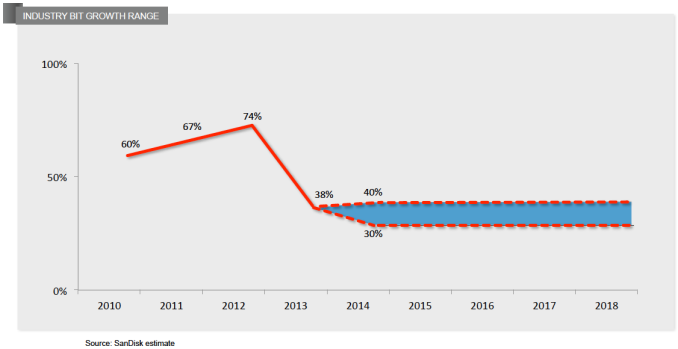
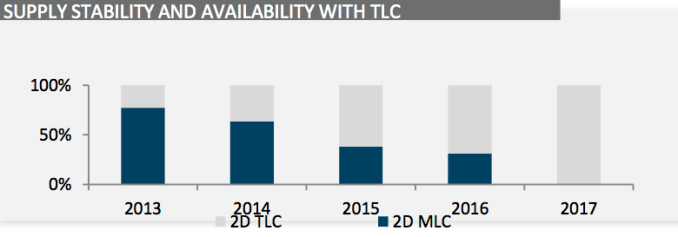
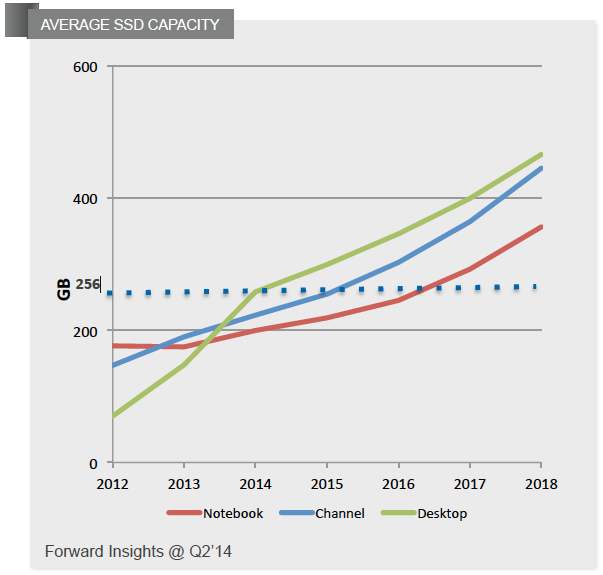
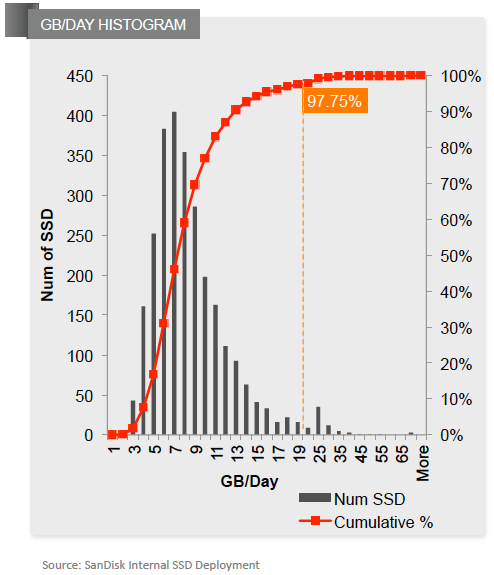









132 Comments
View All Comments
mkozakewich - Saturday, December 6, 2014 - link
Few people trust rating systems, though. What they rely on are hard capacity numbers, like sizes. GB, MP, GHz, HD or 4K...We need to push the speeds instead of the sizes. Sell computers with 500 MB/s transfer speeds, not computers with 120 GB storage.
Stochastic - Saturday, December 6, 2014 - link
This seems like a solid idea.stephenbrooks - Saturday, December 6, 2014 - link
YES. The disk speed statistics are really important to show because (A) they are often the performance bottleneck and (B) there are very large variations even between SSDs.desolation0 - Sunday, December 7, 2014 - link
I wish we could find a single speed number, have it make sense, have all the manufacturers use it and not cheat, and have it be useful for day to day comparison between two drives. We may need some collaboration through an independent industry speed rating body. As is, a product may list a different read speed based on the compressability of the files or any of a number of other things that can heavily sway how useful the number the manufacturers are using actually is. It's a pain to see a cheap drive advertising the same maximum mb/s as the premium drive, when the difference between the two in real use can be obvious to even a moderate user. Then there's the traditional issue of changing components without changing the model number, so you may get a relatively large gap in performance even from what should be the same device.Personally, I'd like to see how useful an SSD would be in a university computer lab setting, with multiple users on the same machines with no need for large storage since the files get wiped from each system periodically. Make user verification pretty much the only bottleneck to swapping from user to user.
Really though, I think it's the business route to home user success. Where time = money, you have to make it pay to switch. Make the technology cheap enough and useful enough that businesses adopt it even for their low value employee computers. As in, even if the computer is getting used exclusively by a low wage employee, it will pay for itself to have an SSD instead of a spinning disk. At $10 per hour wage, a $100 SSD pays for itself if it saves 10 hours of work for the user. Of course, the plan also has to pay for any technical overhead from the IT department to implement and maintain the new drives. If you also save them time, the drive pays itself off sooner. Add to their workload, and it takes longer to reach the point of paying itself off. Once in the hands of business users for their everyday workload, then it's a matter of having the users notice the difference from their home computer and associate the difference with having an SSD. If you can pull that off, then you'll get more adopters at home. They will want to save themselves time/money to do more important and fun things, like watch cat videos on Youtube.
Then, you still need the computer manufacturers in on it. Make it an easy way to segment their market. Multiple storage drive base systems may be a market area the manufacturers should encourage. Maybe design a chassis to allow a novice user to easily swap in a better drive. Just get the main niches going, however you can.
Minion4Hire - Friday, December 5, 2014 - link
Showing a side-by-side boot comparison is actually a really easy way to convince the average person of an SSDs benefit. It's visual, it's tangible, and something everyone can relate to. Such a comparison is how I convinced my group to only purchase new systems that include SSDs.With Windows 8 I'm not sure how good such a comparison is anymore, but 2 years ago it was impressive enough.
MikeMurphy - Friday, December 5, 2014 - link
It matters in an enterprise environment, which is described in this article as a large part of Fusion-IO's business.Primum - Sunday, December 7, 2014 - link
Once you use a computer with a good SSD, you'll never go back. It's not just the start up time, it's installation time, time spent writing to disk, time applications take to start up, and any other activity that requires accessing the disk. Nothing makes a PC better than a SSD. Nothing. After that it's probably at least 8GB of RAM, then you can worry about CPU/GPU.If you don't use a SSD every day then try to use a slow HDD, you don't know what you're missing.
Wwhat - Sunday, December 7, 2014 - link
Personally I'd be hesitant to advise a non-technical person a SSD due to the unknowns regarding lifetime of a cheap SSD. I would feel bad if someone bought a SSD and the thing got warnings of imminent failure a year and a half later and they would not know how to recover from it and how to replace it and move their OS to a new drive.As for demos in malls.. that seems extremely silly.
Hrel - Monday, December 8, 2014 - link
This is horrid advice, how can you possibly recommend cloud storage in light of nude leaks and NSA spying and the government currently trying to push through the TPP in secret?You must either work for a cloud storage company or the NSA. Worst advice EVAR!
M-SATA plus 2.5" hdd is the solution, period. Cloud Storage is not an option, at all, for anything of a personal nature. Business, sure, but certainly not anything sensitive or secret.
spidey81 - Friday, December 5, 2014 - link
"64/128GB size could potentialyl be cheaper than 500/1TB harddrive." This is what I've been wondering for some time. But my theory is it's all in the marketing. Will an unknowing consumer buy a laptop with a terabyte of storage before they buy one with 128GB? Of course they'll opt for the terabyte even though they'll never use it. I can't tell you how many PC's I've looked at for friends and family that don't scrape the surface of their storage capabilities. So to that end, it would be a combination of a good marketing team and well engineered internal specs. It will have to happen sometime I suppose.